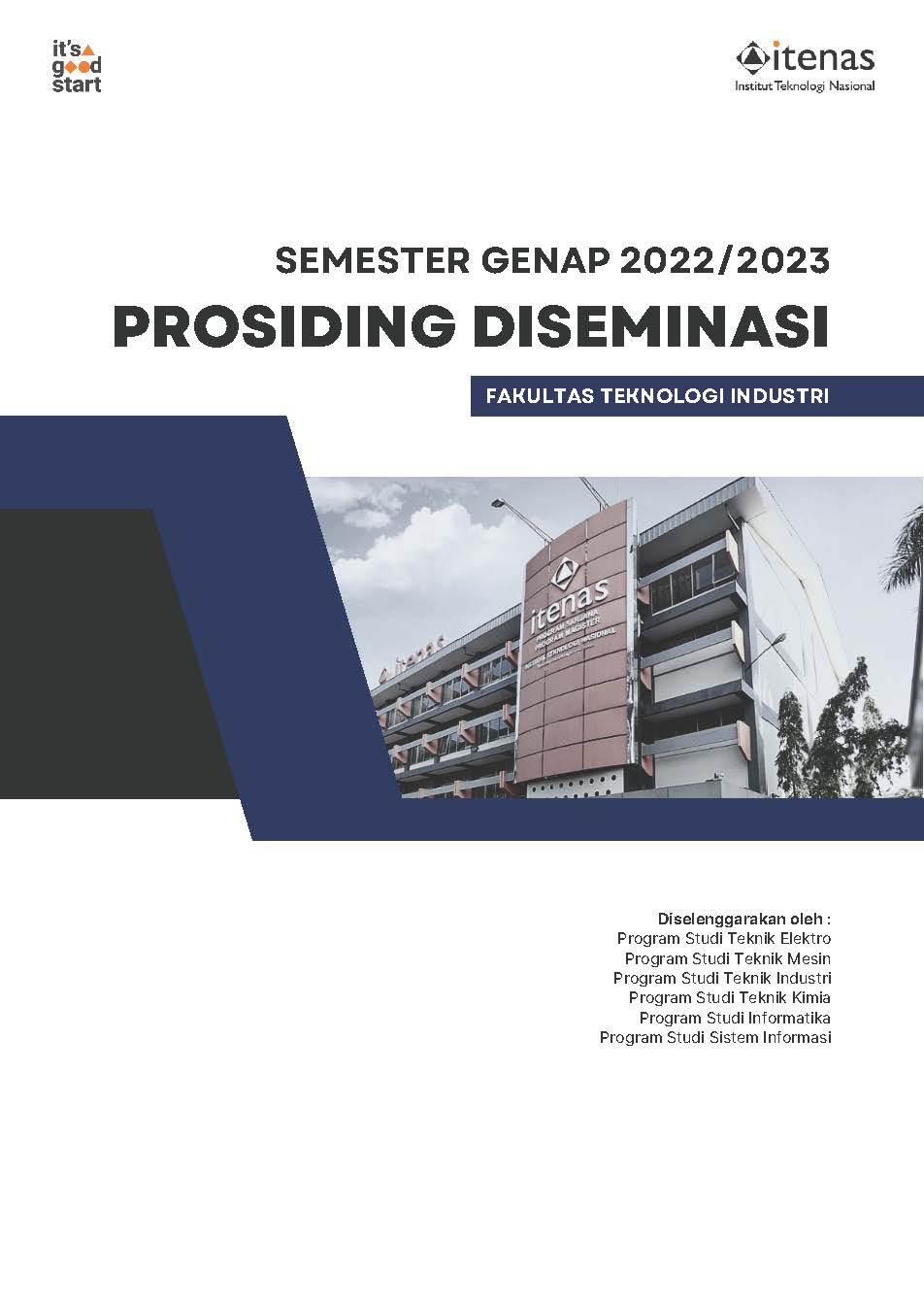STRATEGI PERBAIKAN KUALITAS PRODUK SEPATU ADORABLE PROJECTS BERDASARKAN METODE FAILURE MODE AND EFFECT ANALYSIS (FMEA) DAN FAULT TREE ANALYSIS (FTA)
Kata Kunci:
Kualitas, Cacat produk, Risk Priority Number (RPN), Fault Tree Analysis (FTA), Failure Mode and Effect Analysis (FMEA)Abstrak
ABSTRAK
Usaha Kecil dan Menengah (UKM) Adorable Projects memproduksi rata-rata 600 pcs produk setiap bulannya dan memiliki permasalahan pada kualitas produk yang kurang baik sehingga ditemukannya angka kecacatan yang tinggi yaitu 5%, angka tersebut melebihi toleransi yang ditetapkan perusahaan yaitu 1%. Produksi cacat yang tinggi tersebut menyebabkan penjualan produk dan kepuasan konsumen menurun. Hal tersebut diakibatkan oleh kurangnya pengawasan dalam sistem pengendalian kualitas produk yang dilakukan oleh perusahaan. Pengendalian dan perbaikan yang dilakukan dapat meminimumkan angka kecacatan dan meningkatkan pendapatan perusahaan dan kepuasaan konsumen sehingga perusahaan tidak merugi. Kegagalan atau kecacatan yang terjadi pada proses produksi diidentifikasi dan dianalisis oleh metode Failure Mode and Effect Analysis (FMEA) kemudian dianalisis lebih lanjut dengan metode Fault Tree Analysis (FTA) sehingga dapat diketahui penyebab dasar dari kegagalan tersebut dan menghasilkan strategi perbaikan yang dapat dilakukan. Hasil dari penelitian ialah nilai RPN dari yang terbesar hingga terkecil yaitu goresan pada bahan, hasil pemotongan tidak rapih, jahitan keluar jalur, pola yang bolong, sol tidak sesuai ukuran, bercak lem, dan jahitan yang terlepas. Strategi perbaikan yang dilakukan pada proses pembuatan produk sepatu berdasarkan 3 nilai Risk Priority Number (RPN) dan hasil analisa dari metode FTA ialah melakukan evaluasi beban kerja oleh pihak perusahaan, melakukan pengecekan rutin terhadap alat-alat produksi yang menunjang proses produksi, melakukan pelatihan tambahan bagi operator baru yang belum mahir.
ABSTRACT
Adorable Projects Small and Medium Enterprises (SMEs) produce an average of 600 products every month and have problems with poor product quality resulting in the discovery of a high defect rate of 5%, this figure exceeds the company's tolerance of 1%. This high production of defects causes product sales and consumer satisfaction to decrease. This is caused by a lack of supervision in the product quality control system carried out by the company. The control and improvements carried out can minimize the number of defects and increase company income and consumer satisfaction so that the company does not suffer losses. Failures or defects that occur in the production process are identified and analyzed using the Failure Mode and Effect Analysis (FMEA) method and then analyzed further using the Fault Tree Analysis (FTA) method so that the basic cause of the failure can be identified and a repair strategy can be implemented. The results of the research are the RPN values from largest to smallest, namely scratches on the material, sloppy cutting results, stitching out of line, holes in the pattern, soles not fitting in size, glue spots, and stitches that come apart. The improvement strategy carried out in the process of making shoe products based on 3 Risk Priority Number (RPN) values and the results of analysis from the FTA method is to evaluate the workload by the company, carry out routine checks on production equipment that supports the production process, carry out additional training for new operators who are not yet proficient..





